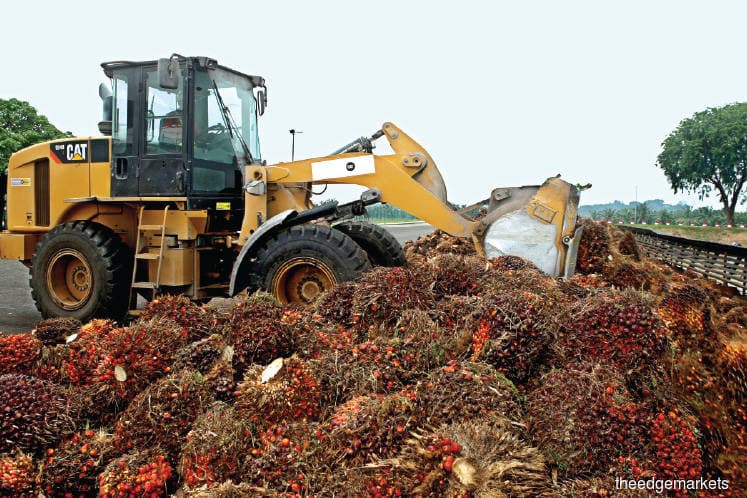
This article first appeared in The Edge Financial Daily on June 14, 2019
Plantation sector
Maintain negative: Malaysia’s May palm oil stockpiles rose by 12.8% year-on-year (y-o-y) to 2.4 tonnes, in line with both Bloomberg and Reuters consensus. Note that the monthly inventory level has been increasing on a y-o-y basis for the past 23 months since July 2017. The higher inventory level was primarily attributable to the higher production level.
This is despite the fact that Malaysian palm oil should be in its historically low production season as well as the Ramadan season whereby worker productivity normally would be lower (as lesser fresh fruit bunches collected).
Meanwhile, on a month-on-month (m-o-m) basis, there is a reprieve in May inventory level (-10.3% m-o-m) as a result of higher export demand from India, European Union (EU), the US and Iran. However, we view that the current reduction in stockpiles was still insufficient to lift the subdued crude palm oil (CPO) price.
On a y-o-y basis, May exports jumped by 32.5% to around 1.7 million tonnes and it was within the Bloomberg and Reuters consensus. This was mainly attributable to the rise in demand from key destinations such as India (602.3% y-o-y), Iran (287.3% y-o-y) and EU (47.5% y-o-y). We view that the increase in export demand from India and Iran was mostly due to the ongoing trade agreement between Malaysia and India as well as higher consumption of palm oil during the Ramadan season.
Meanwhile, the higher export from EU was likely due to large purchases of palm oil for biofuels before EU’s enforcement on removing palm oil from its biofuel subsidies programme in June. However, higher export demand was insufficient to lift the CPO price as it was overwhelmed by external developments that exert downward pressure on CPO pricing.
May production level recorded at 1.6 million tonnes, representing an increase of 9.6% y-o-y. This came in higher than the Bloomberg and Reuters consensus by 3.2% and 3.8% y-o-y respectively. The rise was mainly attributable to higher production from Kelantan (56.8% y-o-y), Terengganu (29.3% y-o-y), Pahang (27.4% y-o-y) and Negeri Sembilan (21.5% y-o-y). Note that the higher output came in spite of oil palm entering its historically low production period as well as lower worker productivity during the fasting period of Ramadan.
On a year-to-date comparison, CPO production for the cumulative five-month period in 2019 (5M19) remained elevated which increased by 9.1% y-o-y due to higher output primarily from Kelantan (24.7% y-o-y), Kedah (20.1% y-o-y), Terengganu (19.2% y-o-y), Perak (18.0% y-o-y) and Pahang (15.3% y-o-y).
We view that CPO production remains in overdrive mode which dampened the effects of higher export demand, causing inventory level to remain elevated on a y-o-y basis. In addition, soybean stocks are currently at record high in view of the escalating trade dispute between the US and China.
The widespread African swine fever phenomenon in China and across Asean countries further add to the dismal. At present, China is the largest importer of soybean. Note that US’ accumulated soybean exports to China were at 6.9 million tonnes, over 20 million tonnes lower compared with last year.
Thus, this has resulted in near record low soybean oil price. The negative sentiments from the EU’s ban on palm oil-based biofuels in June and the spillover effects into the EU’s palm oil-based food sector will continue to inhibit any recovery in the CPO price as well. All in, we are maintaining our “negative” stance on the sector with an unchanged CPO target price of RM2,090 per tonne. — MIDF Research, June 13